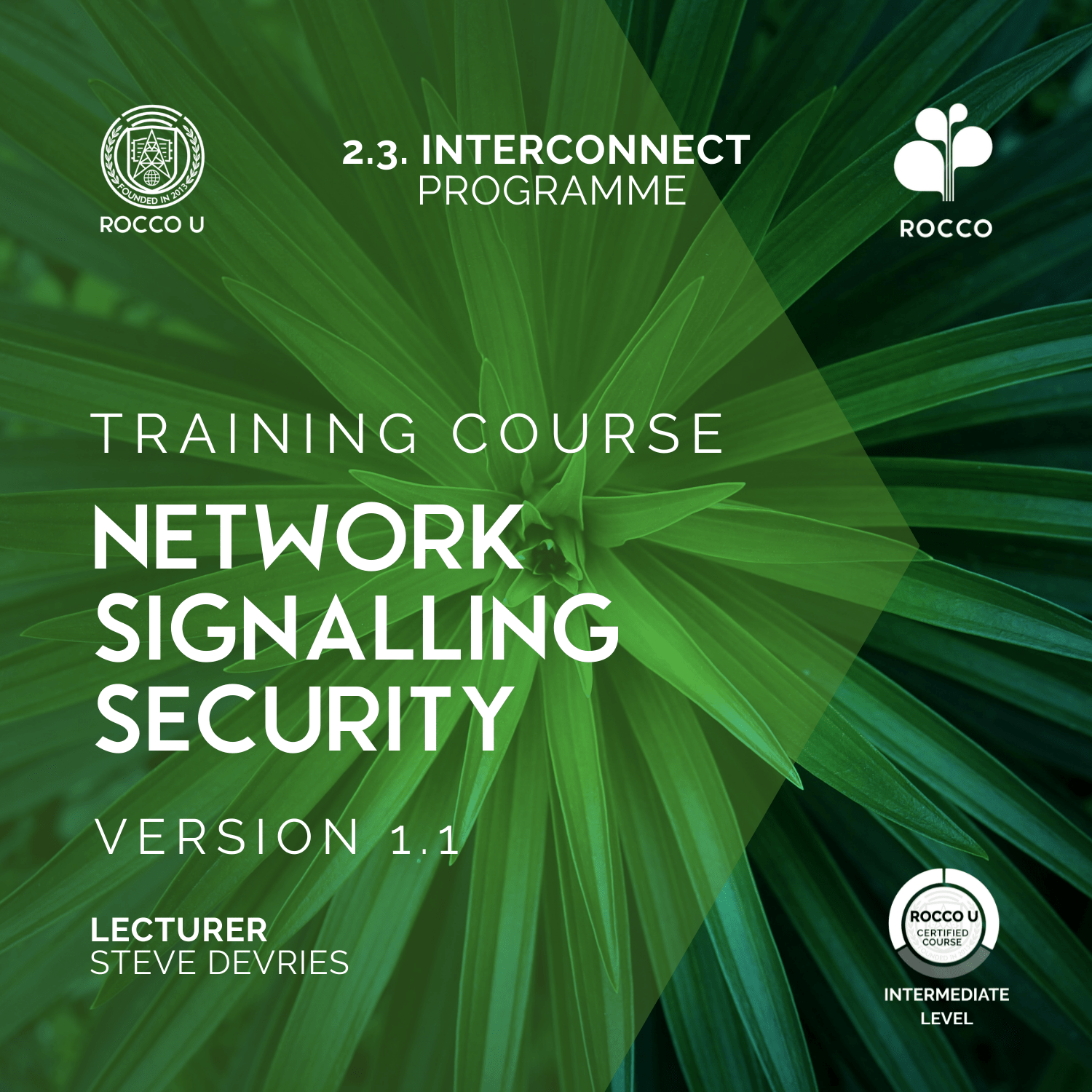Project Description
NETWORK SIGNALLING SECURITY

INTERMEDIATE LEVEL – 2.3. Interconnect Programme
What will you learn?
This course begins with an overview of the different mobile generations and the primary network signalling protocols that are used. We then examine the overall security challenges that arise when mobile networks interconnect. Since each signalling protocol presents its own unique threat, the course modules will identify them (Sigtran, SS7, Diameter & SIP) and define what is necessary to protect them.
Who is this course for?
- Professionals working in a mobile telecom network control centre environment.
- Those who are new to the telecom industry in general and need to understand signalling security.
- Those interested in understanding the challenges of and the need for signalling security.
Why choose this course?
Out of band signalling has been a part of the mobile telecom industry for many years. From a technical standpoint, it is the “lifeblood” of how roaming is accomplished. However, it has some inherent security flaws that become more complex with different mobile generations, interconnection and signalling methods. This course will clearly identify the different generations along with the differing countermeasures needed to protect the networks.
By the end of the course, the student will:
- Understand the different mobile generations along with interconnection signalling.
- Know the different attacks and risks that mobile telecom companies face today.
- Be able to identify the different strategies and categories of security messages and countermeasures.
- Describe the different firewall recommendations.
STEVE DEVRIES
LECTURER
Steve is currently Head of Training & Development at Cellusys. He has over 40 years of experience in the telecom industry and has worked in technical support at Ameritech and as a Member of Technical Staff at Bell Communications Research (Bellcore) where he was first introduced to SS7. Later, he worked as a Training Manager at Bellcore (later Telcordia Technologies) developing and teaching classes in SS7, Intelligent Networking and other network signalling protocols.
ONLINE ON-DEMAND
TAKE MODULES INDIVIDUALLY
Join ROCCO U today and start working on yourself










